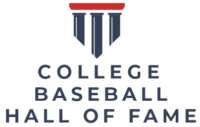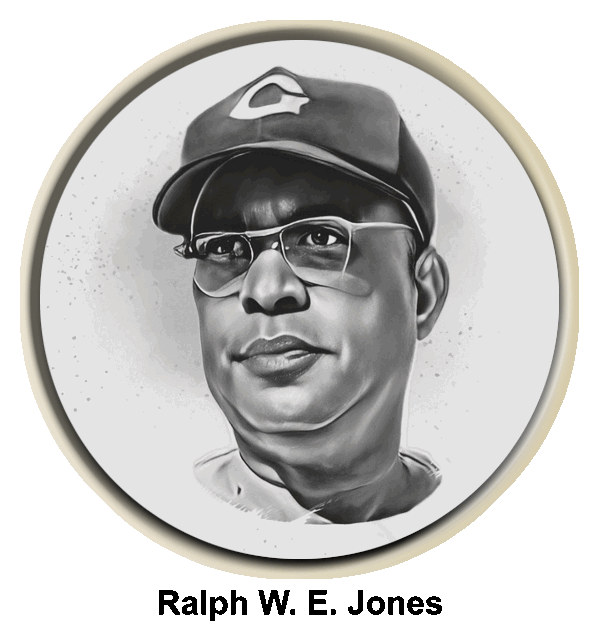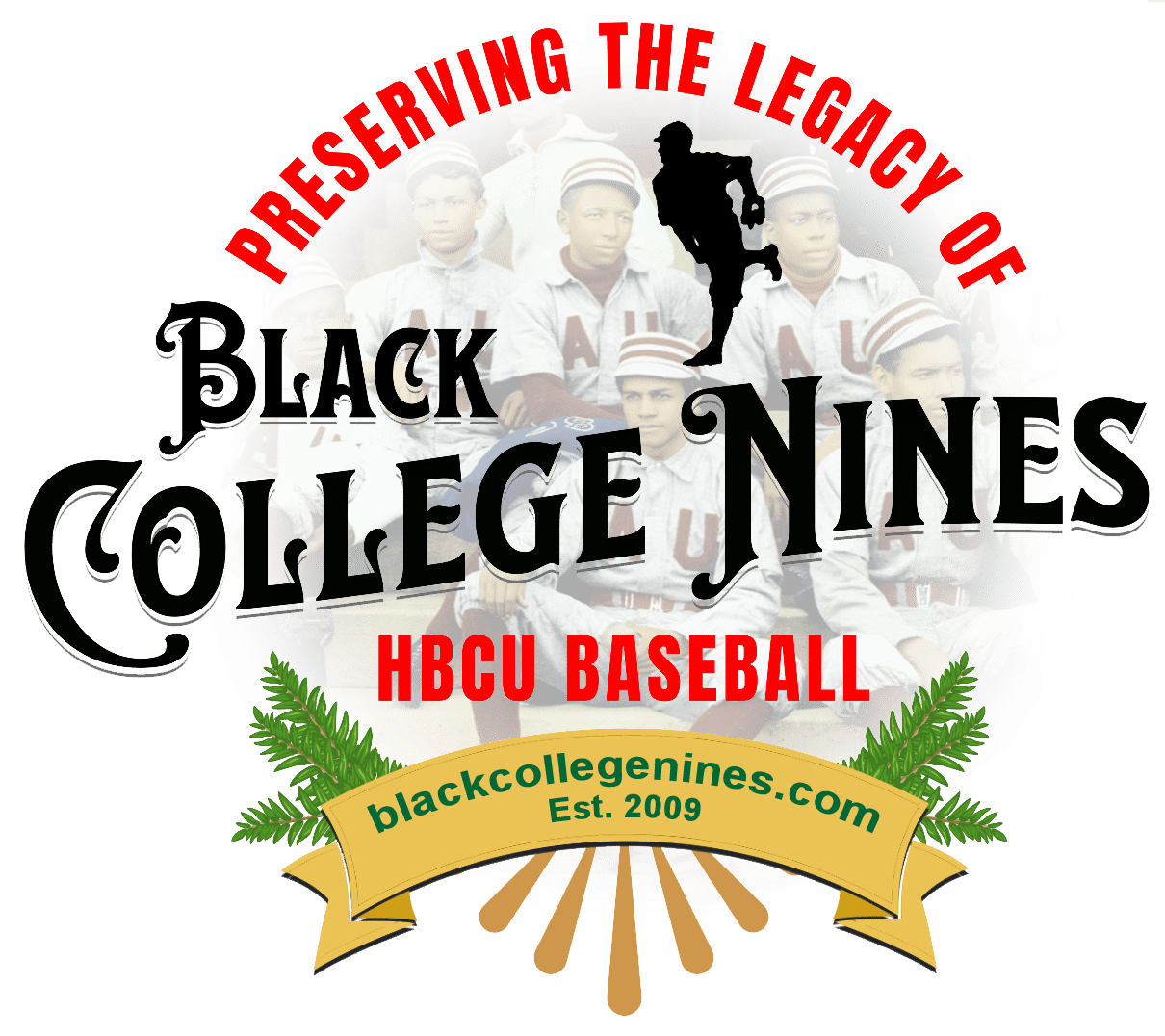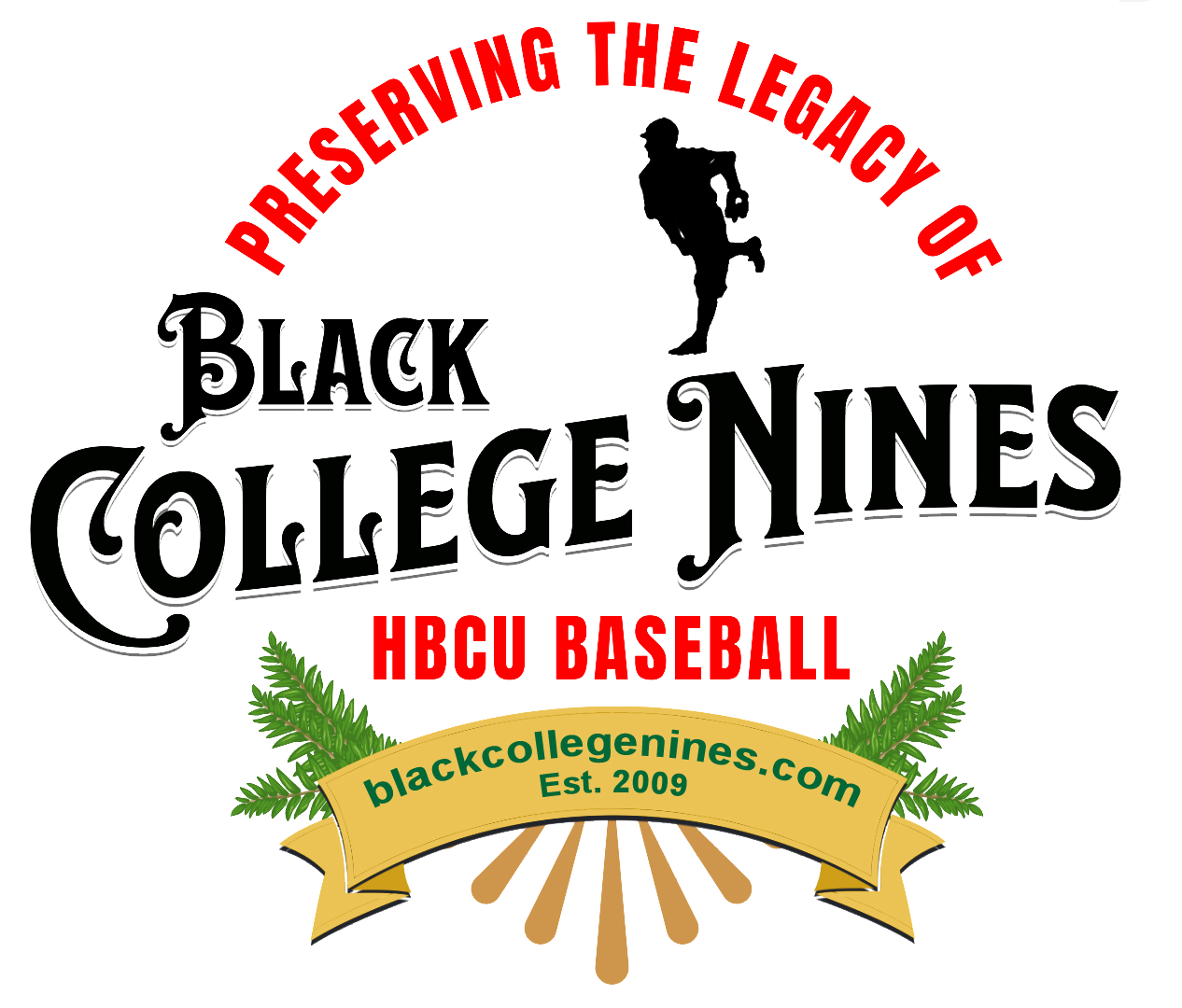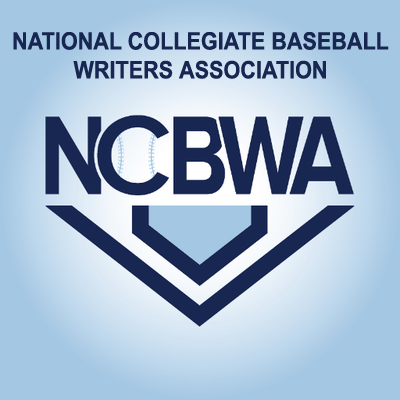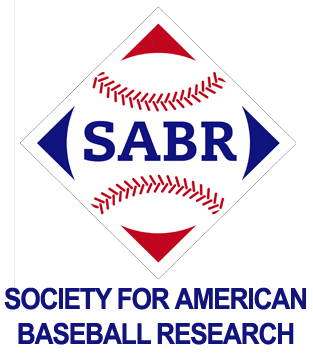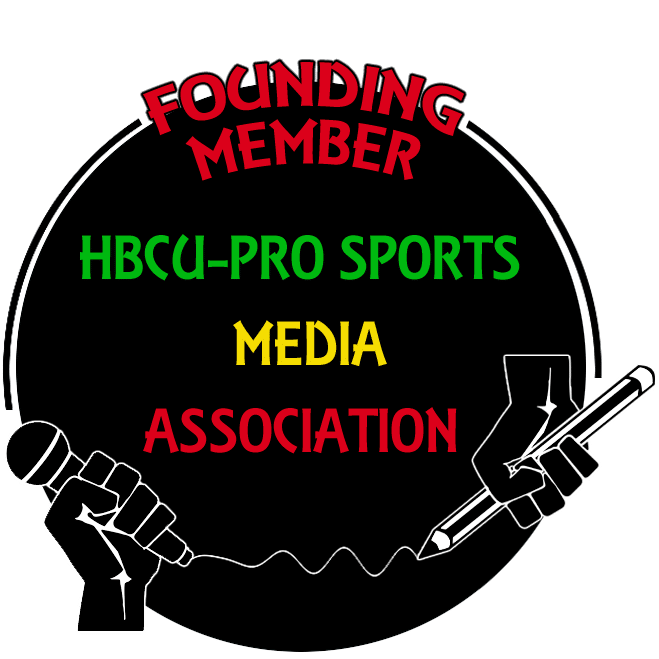Michael Coker/Black College Nines
Black College Baseball has dramatically changed at Historically Black College and University (HBCUs). Prior to 1990, the majority of players on HBCU teams were entirely African-American. A transformation has a number of HBCU teams loaded with white and Hispanics that outnumber black baseball players. There are compelling reasons for the change in the makeup of HBCU baseball teams.
There are several factors why black baseball programs offer scholarships to white and Hispanic student athletes. The primary motivation is the necessity to field successful teams.
HBCU coaches, like any other coaches, are trying to recruit the best possible athlete they can get and are not necessarily concerned with cultural backgrounds which are insignificant. The racial makeup of their teams is hardly ever discussed by coaches. There are no racial quotas or goals and the coaches are merely expected to recruit student athletes who are able to compete on the field and in the classroom.
Ask any college baseball coach at any level. Their most important goals are winning baseball games, remain competitive and graduate students.
They will continue to recruit the players most suited to achieving that task. In my opinion, racial issues are not a focal point in the recruiting process.
When I played baseball at Edward Waters College during the mid-1980s, most all of the historically black college teams were exclusively made up of African-Americans. Like Edward Waters, a good number of them were losing programs. With the influx of whites and Hispanics, that’s changed.
A coach’s recruiting efforts are centered around a player’s makeup, arm strength, running speed, bat speed, fielding, hitting and power. Who can strike batters out, field a ground ball, catch fly balls, hit a 90 plus fast pitch, driving runners into score and perform in the classroom. The main object is to provide the necessary lineup to win ball games.
Change in HBCU baseball team makeup was a sign of the times. While it’s true that fewer African-Americans are playing the game than in the past, part of the reason HBCUs have such a large number of diversification.
Many black baseball players don’t see the opportunities that HBCU institutions present. The most elite black prospects either play at major universities or they’re drafted by Major League teams and never make it to a college ball field.
One factor that rarely gets mentioned related to the lack of African American interest in HBCU baseball, is a lack of professional scouting at black college games. When scouts are present, typically it is because the HBCU school is playing a talented NCAA Division I program, thus leaving little opportunity for our HBCU NAIA programs.
Scouts may inquire of a head coach about the availability of some of his black players. However, often the case is that professional scouts are not in attendance to watch two HBCU teams play each other… which is really sad.
Media outlets seem to show little interest. ESPNU aired only one HBCU baseball game covering the Southwestern Athletic Conference (SWAC) during the 2013 Baseball Conference Championship between Jackson State and Arkansas-Pine Bluff.
Let’s be clear that baseball is an expensive sport. Winning at the college level creates a revenue source for new facilities. Those schools athletic programs will prosper because of the sprinkling of diverse athletes.
A successful program creates a newly refurbished baseball field. To achieve a winning program, coaches recruit in their “comfort zone” for a sport that generates no revenue.
For any HBCU athletic department looking to improve its field, money is usually the main barrier. Between building a new athletic facility, hiring more staff, and maintaining the program, the end result affects the product the school puts on the field. For HBCUs, the constant struggle for funding has well-hidden roots.
HBCUs, particularly state institutions, have been victimized in funding since their institutions beginnings and continues to this day. HBCUs were given just enough to get by.
In Florida, the funding disparity between Florida State University and Florida Memorial University is evidence of an earlier time. Both FSU and FMU receive state funds, but there are huge disparities between the two in facilities and resources. There’s absolutely a lack of means for the financial support of smaller state institutions from state legislatures. This is disheartening when Florida State was once called Florida State College.
The recruitment of white and Hispanic HBCU players first started in the late 1990s. Former Bethune-Cookman University Head Coach Mervyl Melendez who hails from Puerto Rico recruited Puerto Rican baseball players. At Melendez’s current team, Alabama State University, 10 of his players from the 2013 season hailed from Puerto Rico.
Coach Melendez, the architect behind the change in black college baseball diversity, started and changed the course of HBCU baseball by the recruitment of both white and Hispanic players. He produced a winning baseball program thus propelling Bethune-Cookman into a baseball powerhouse in NCAA Division I.
Under Melendez, B-CU dominated baseball in the Mid-Eastern Athletic Conference (MEAC) winning seven straight MEAC titles, 13 in the past 14 seasons and 15 in the past 17 years. They have also been to seven straight NCAA Tournaments and 13 in the past 14 years.
Mervly Melendez led his alma mater to eleven MEAC championships in his twelve seasons, with two back-to-back undefeated conference seasons in 2010 and 2011. Melendez totalled 379 wins as the Wildcats head coach and B-CU won the MEAC Baseball Tournament from 2000 through 2004 and from 2006 to 2011.
Now almost all of the HBCU baseball rosters in both the NCAA and the NAIA are filled with a high percentage of white and Hispanic ballplayers.
At NCAA Division I college baseball, which is starting its 2015 season, the most recent numbers showed 5.6 percent of players were African-American in 2009-2010.
At the start of last year’s Major League baseball season, African-Americans made up 8% of all the rosters.
In 1959, when the Boston Red Sox became the last Major League team to integrate its roster, the percentage was 17.25% according to USA Today.
The talent of African American baseball players isn’t large enough to fill the rosters at HBCUs. The declining numbers of black players has led to more opportunities for white and Hispanics to play NCAA and NAIA baseball.
It’s not shocking to see the number of white and Hispanic baseball players recruited. You have to take student athletes who are willing and want to participate. In recent years, they have made an impact on recruiting. HBCU coaches embracing diversity are producing winning records.
With the upcoming 2015 baseball draft, it will be of interest to see if Major League Baseball teams select talent from HBCU schools or will the numbers continue to decline among African Americans baseball players being selected.
Only two of eight baseball players out of Historically Black Colleges were selected in the 2014 Major League Baseball draft… Cory Jordan (Grambling State) and Bennie “BJ” Robinson (Florida A&M).
It’s not like African American ball players have vanished altogether. The number of black players is declining, but some good ones are still finding their way from college to the Major Leagues. Fielding a winning team is what matters the most.
With all of the challenges facing the HBCUs baseball community, let’s not forget that baseball is more than just a game. It is not just our past time. It is America’s past time, as much as “baseball, hot dogs and apple pie”.
* The opinions expressed above do not necessarily represent the views of our committee as a whole or of its individual members… just those of one concerned, caring former HBCU ballplayer.


